A leading cause of home loss is flying embers, which can travel a half mile or more from the active fire...
Survival in a Vehicle
Roll up windows and close air vents. Drive slowly with headlights on. Do not drive through heavy smoke. If you have to stop, park away from the heaviest trees and brush. Turn headlights on and ignition off. Get on the floor and cover up with a blanket or coat. Park in an area clear of all fuel; never park on dry grass.
FIREWISE PLANTS FOR UTAH LANDSCAPING.
Throughout Utah wildland/urban interface fires are becoming more of a problem as people choose to live in previously undeveloped areas on the edges of cities, areas with trees, shrubs, and grasses that often are very flammable.
Firewise landscaping is the practice of designing, installing, and maintaining a landscape to minimize fire hazard to structures, residents, and neighbors, while maintaining components of the native ecosystems that attracted people to live in such areas in the first place. For a full list of Firewise plants, their descriptions and pictures to help you identify them, visit the Firewise website at WWW.FIREWISE.ORG
LIGHTNING AND WILDFIRES.
Although wildfires are not an actual weather phenomenon, wildfires are directly related to lightning and other weather elements. The wildfire threat typically increases in early to mid June across southern Utah and by early July across the northern sections of the state and remains high through Labor Day.
Utah averages about 1,900 wildfires each year. About two thirds of all wildfires in the Eastern Great Basin are ignited by lightning.
During periods of extreme fire danger in forest and rangelands: Avoid putting yourself in areas where you might become trapped by a wildfire. Do not use matches of anything else that could ignite a fire. Make sure that hot parts of motorized vehicles such as mufflers are not allowed to come in contact with dry grasses or other potentially flammable material.
Information also found in the BRU Guide to Family Preparedness Handout.
Blog Revising
10 years ago
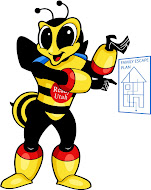
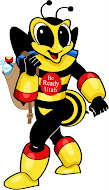
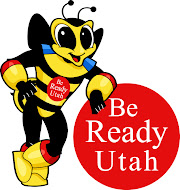


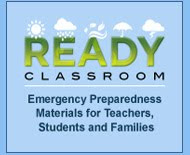
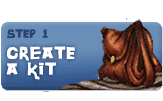


No comments:
Post a Comment